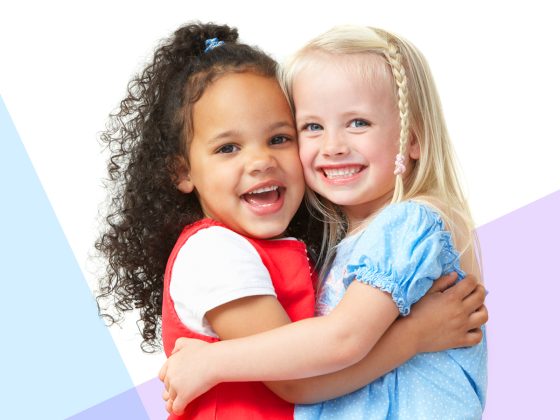
We Are All Different; We Are All the Same
Help celebrate similarities and differences.
It’s important for children to learn both to respect and appreciate people’s differences as well as to understand all the things they have in common.
• I’m one of a kind! Ask children to strike a superhero pose and share one special thing about themselves. Others can respond, “You are unique!”
• The same and different. Have children stand side by side with a partner and come up with ways they are the same and ways they are different. What color hair and eyes do they each have? Do they wear glasses? What is their favorite color?
• Talk about families. Invite children to draw and share a family picture. Say, “Not all families are the same. Some families have one parent, some have two, some may even have more. Sometimes there are brothers or sisters or grandparents.” Then talk about what’s true of all families — for instance, that they all love and take care of each other.
• Dance to differences! Put on music from different countries and cultures. Ask, “How is each song different from the others?” “How are they the same?” (They’ll probably all make you want to dance!)
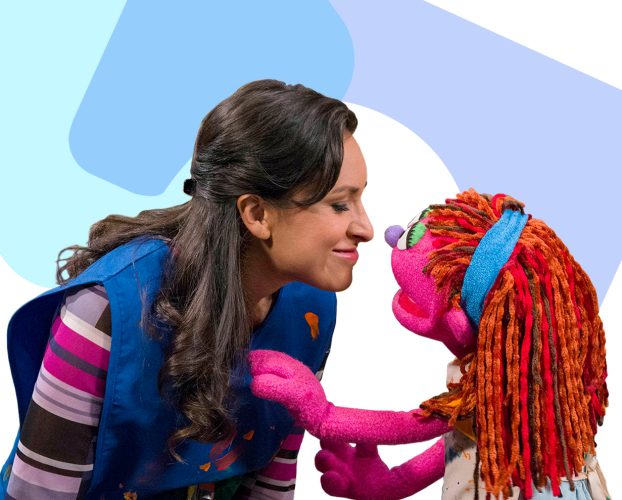
Creating Safety and a Sense of Home
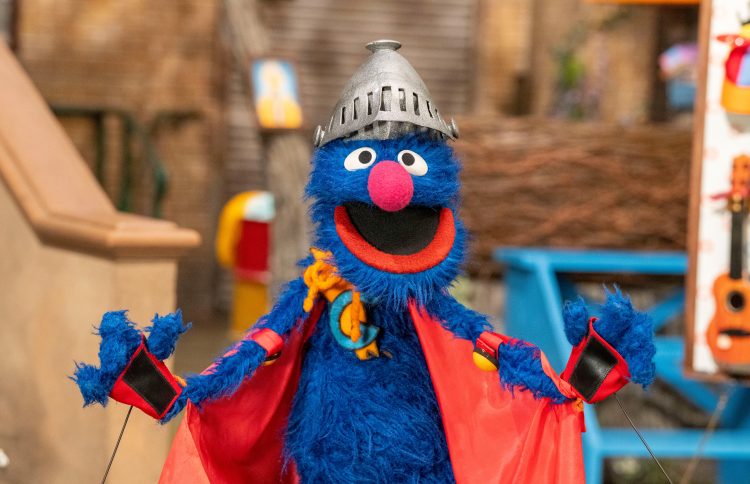
Watch and Play: Grover's Super Suitycase
Watch this episode and explore ways to extend the learning at home.
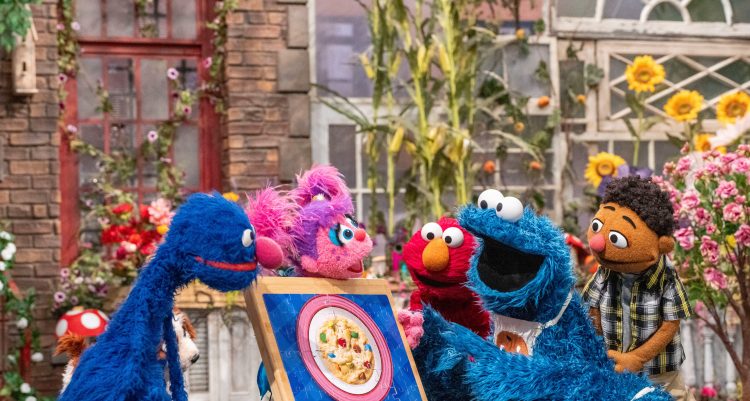
Watch and Play: Cookie Monster's Big Puzzle
Watch this episode and explore ways to extend the learning at home.
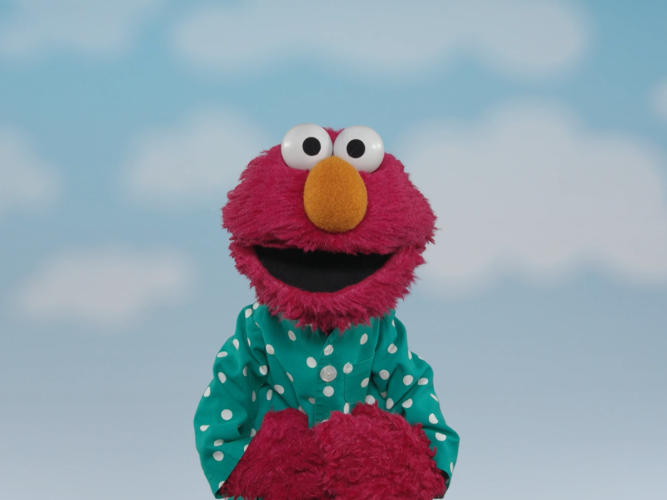
Listen, Feel, and See with Elmo
When children are in the hospital, this mindfulness game can help them soothe themselves.
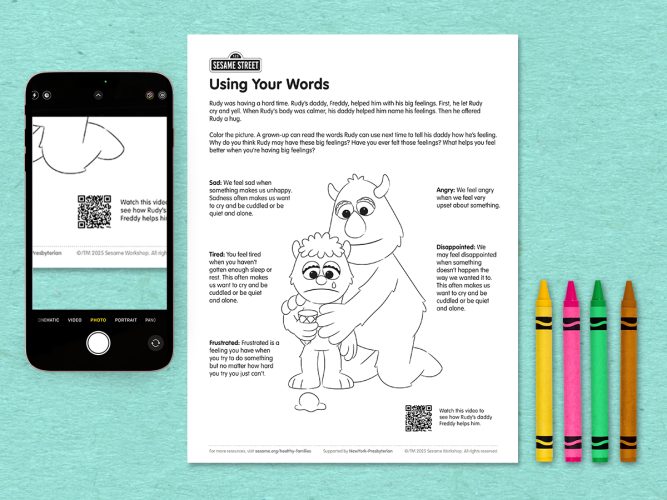
Using Your Words
A coloring page helping children explore words for big feelings.
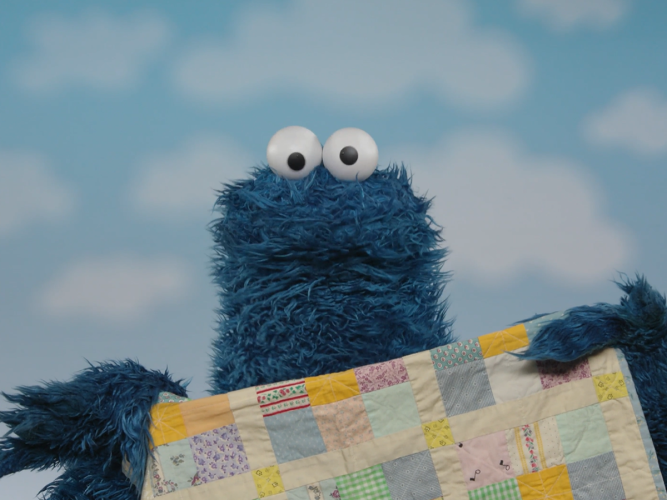
Cookie Monster’s Beach Day
When children are in the hospital, their imagination can become a valuable tool in soothing themselves.

Monster Meltdown
Meltdowns happen… but they are somewhat predictable! As you try to handle them, curiosity and patience go a long way.
